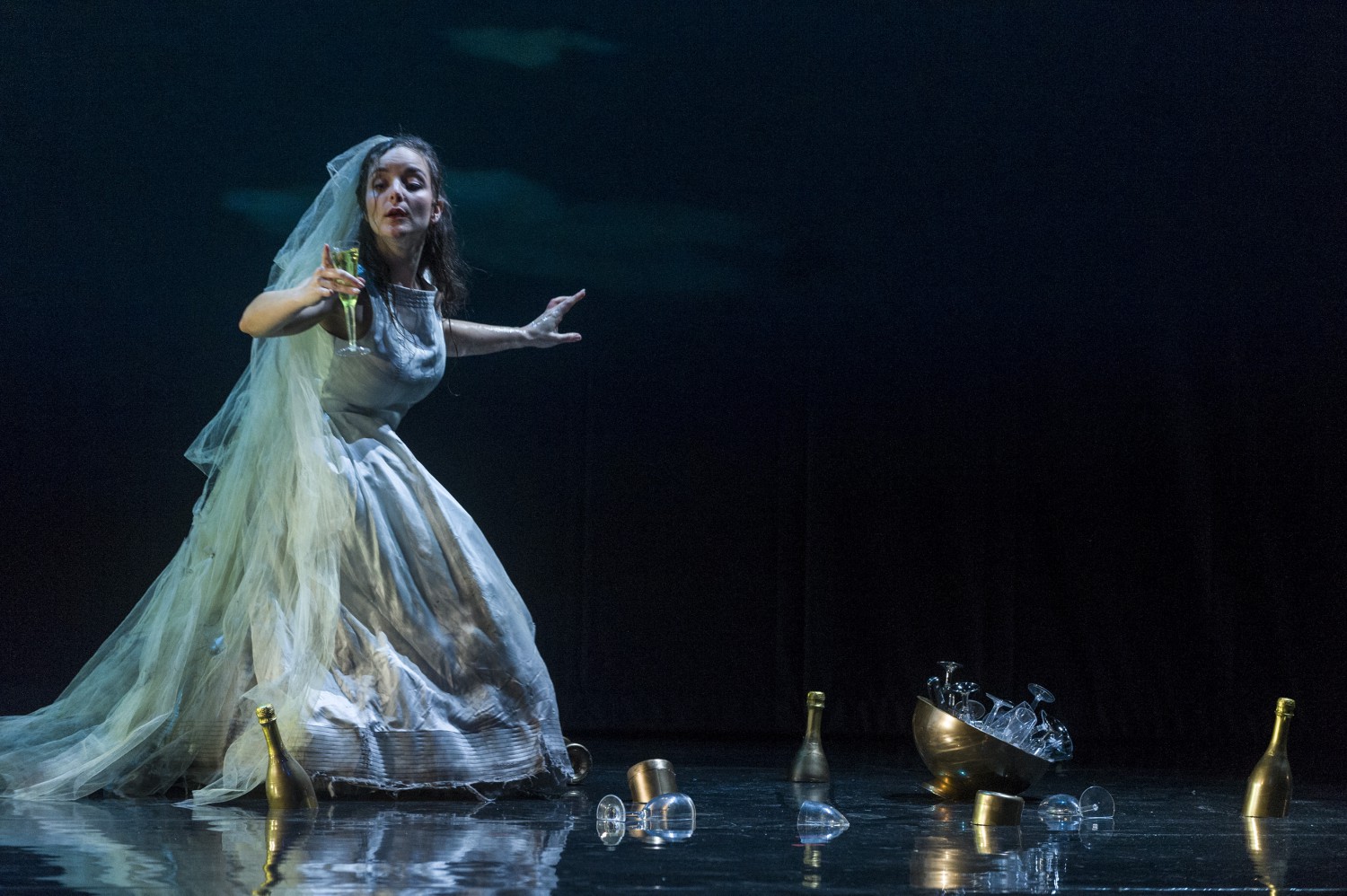The Romantic tradition in wax cylinders and 78 RPM records: Hamlet historically inspired
In Dr. Miracle’s last illusion, OPERA2DAY’s most recent production, the musicians played remarkably freely. This was not a whim; it was deliberated. Conductor Hernán Schvartzman and Emlyn Stam, artistic leader of the New European Ensemble, wanted to make music after the fashion of their colleagues of well over a century ago, who took more liberties than is customary now. This approach is continued in Hamlet. In order to be able to perform the music in accordance with history, Hernán and Emlyn studied old recordings.
For decades musicians have been researching the historical way of performing music until 1800, but of necessity they have to base themselves on written sources such as teaching methods and composers’ notes. As these sources sometimes contradict themselves, it is never certain what the music sounded like at the time. This is why baroque musicians day-dream about time-travelling to, for instance, Leipzig to be present at the Matthäus-Passion conducted by Bach in person. From 1900 the first sound recording media became available, presenting singers and musicians that actually worked with the great 19th-century composers.
The wax cylinders and later on the 78 rpm records give a good insight into the way music was played in those days. The window on the romantic way of performing was opened wide. The limited use made of this opportunity in our days is rather remarkable. A small group of musicologists is researching performance practices and only a few performing musicians try to translate it into practice. The approach by the New European Ensemble and OPERA2DAY is truly trail-blazing, with Hamlet as the first pièce de résistance.
ARTISTIC LICENCE
What is the difference with the sound of the historic audio records? Emlyn: “What you hear when you play them contravenes our present-day views on how classical music should be performed. In those days the musicians played arpeggios, broken chords, and made phrases that were vertically aligned in the score sound unevenly in order to emphasise the different layers in the pieces. Thus the music is enriched, whereas today this is considered unprofessional.” Hernán: “Nowadays everything has to sound exactly evenly and transparent, unlike in the past, even in the 18th century. In his teaching method on violin playing, Leopold Mozart writes for example that when a virtuoso increases or eases the tempo an accompanist should continue in the basic tempo and should not follow the soloist in his fluctuations. Otherwise, the virtuoso is begrudged his artistic licence and treated as an amateur.”
PERSONAL STYLE
Emlyn: “Music teachers set much store by following tradition. But they base their views on a tradition that was invented after 1950, when the ambition developed to reproduce the score’s texts as exactly as possible. The early recordings reflect the then practice of performance. The present performance practice rather reflects the standard set in the recordings.” Hernán: “In the 19th century it mattered to singers and musicians to make music in an expressive way and to find a personal style. This is confirmed by their use of portamenti, the way they now and again slide from one note to another. A violinist could be recognised immediately by his own sound. The differences between 19th-century singers were also very large, larger than in a singing competition nowadays. Indeed, when you deviate from the norm today it is difficult to win.”
The stylistic devices of those days can be copied, of course. But isn’t that at the risk of falling into outward appearances? Hernán: “It is not our intention to reconstruct Hamlet as a museum piece. We use the stylistic devices of the past because they enable us to play music more expressively. When we started with Dr. Miracle we first copied the early recordings. After we had familiarised ourselves with their style we were able to play freestyle.”
Free choice of tempo is characteristic of the romantic practice of performance. Emlyn: “In those days they looked differently at the pulse deciding the tempo. Today a pulse should be regular. A musician playing expressively may slow down for a bit but should return to the basic tempo afterwards. In the 19th century, the pulse was viewed more like the rate of a heartbeat. Like a heartbeat the pulse could accelerate, which gives other expressive possibilities than just slowing down now and then. A flexible pulse enables the creation of a new world of emotions in music. When the music is played very regularly, such an opera will sound like a historical treat, like a Sacher-Torte. The drama will be lost.”
Hernán: “The singers differ in their reaction to our new approach. Some of them embrace it while others are stubborn because it unsettles much of what they have learned. Eventually most of them are persuaded. When playing you are no longer focused on avoiding mistakes but on something positive: giving your best. Several singers told us: “This is how I sang with enthusiasm before I started taking lessons.”
